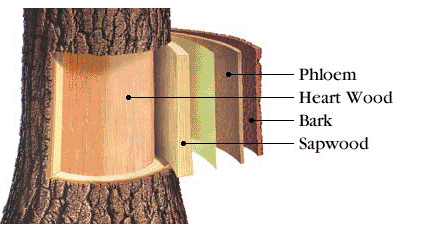Longleaf lumber—or heart pine—was used to build much of the nation. Heart pine was a favorite construction material and the colonists used it in everything from fine homes to bridges.
King George II also saw the value of these tall, stately trees. Knowing they would make excellent masts for his royal navy, he claimed ownership of all straight pines with diameters over two feet. The king’s decision not only riled the colonists, but also left a lasting mark on South Carolina geography. Our sawmill in Jamestown is located just 25 miles from the town of Kingstree—so named because the 1732 settlement grew up around one of the king’s trees on the banks of the Black River.
As America grew, so did demand for heart pine. Heart pine was used in the great textile mills of the South, the industrial factories of the North, and the railroad trestles that allowed expansion into the West.
Many companies would have you believe that all of these magnificent trees are long gone. But at Charleston Heart Pine Company, we know differently. Charleston Heart Pine is located in the heart of Francis Marion National Forest.

Through selective timbering, we harvest trees that are on power company right-of-ways or on private property being cleared. In this way, we are able to take trees destined for destruction and preserve their beautiful wood for generations to come. We also continue to recover trees lost to Hurricane Hugo.
Our heart pine is more affordable than wood salvaged from old buildings—and that makes it a smart investment. It’s a rare wood of rare beauty. And it adds value to any home.
To scientists, the long leaf pine is known as Pinus palustris. But to builders and craftsmen, this remarkable tree has always been known as “heart pine.” Just what does this term mean?
The heartwood of the tree is the sturdy central column that gives support. The next layer is sapwood, which acts as a pipeline to move water from the roots to the leaves. As the tree matures, the older sapwood cells become inactive. Then they harden to create more heartwood—just when the tree needs added strength.
What makes long leaf pine unique is that there is very little sapwood. Instead, these trees—which can soar to 125 feet—are primarily composed of the strong heartwood.
